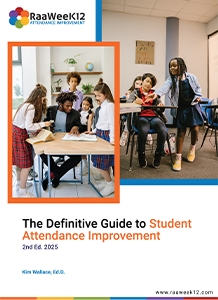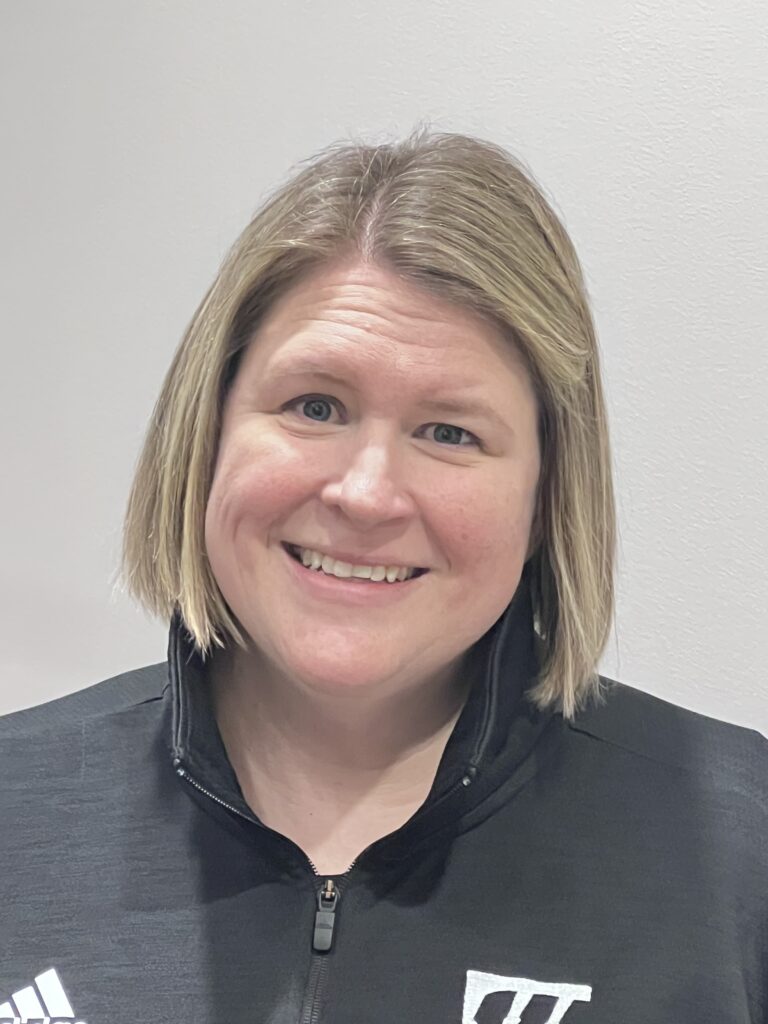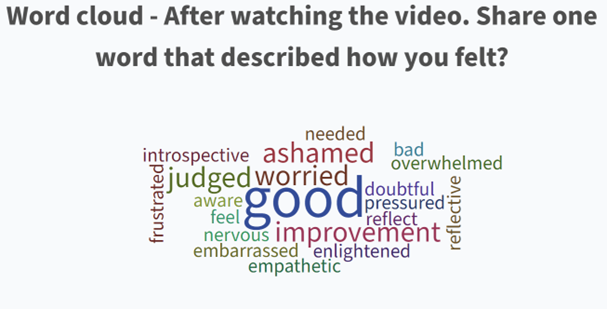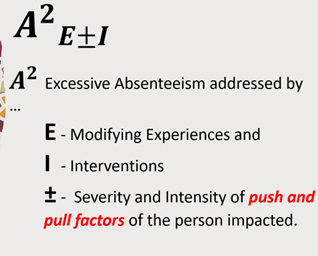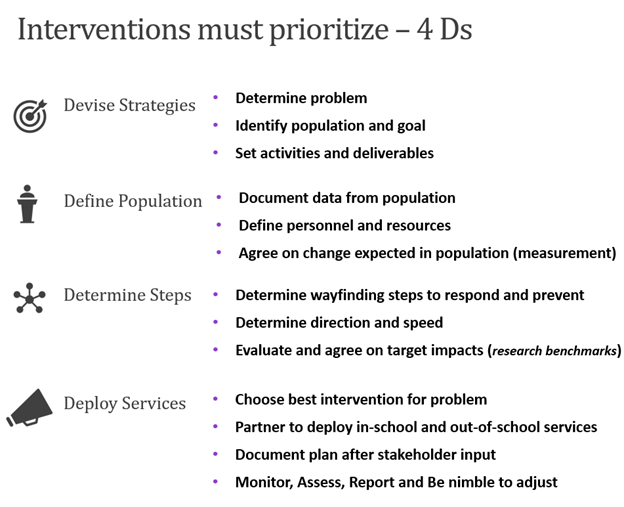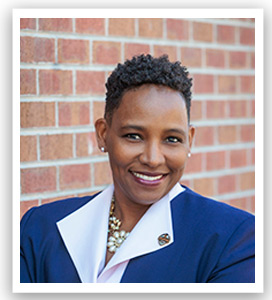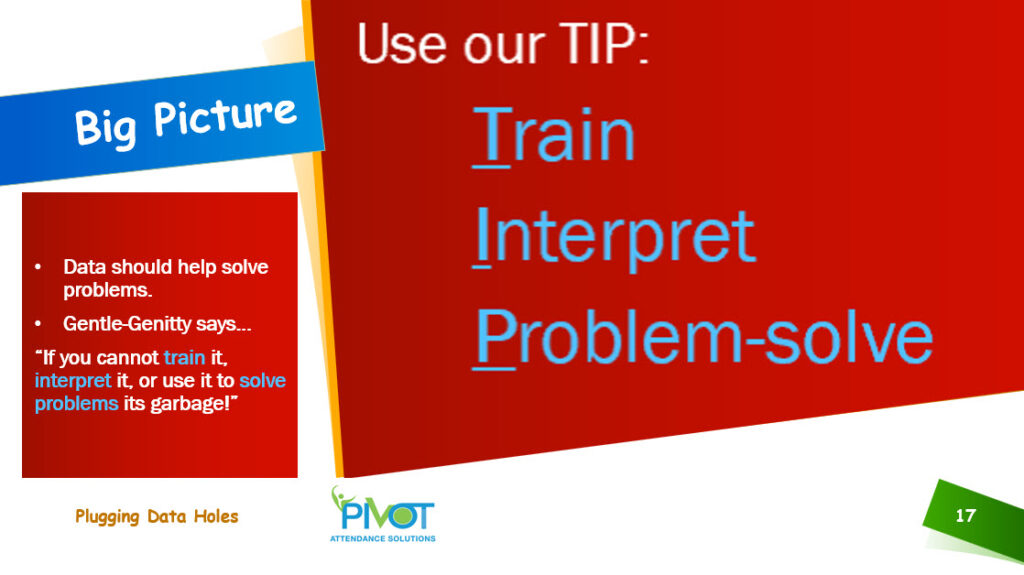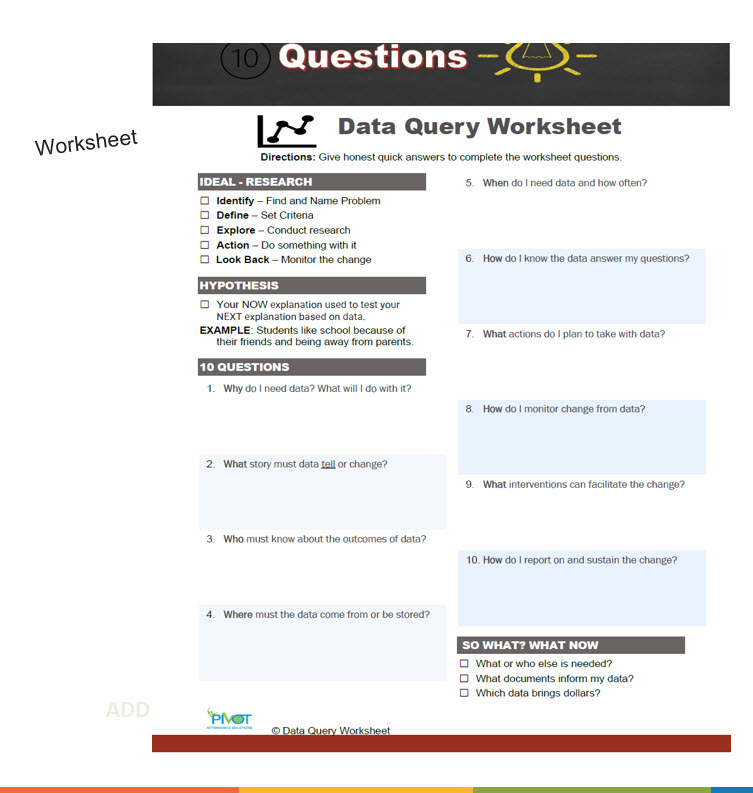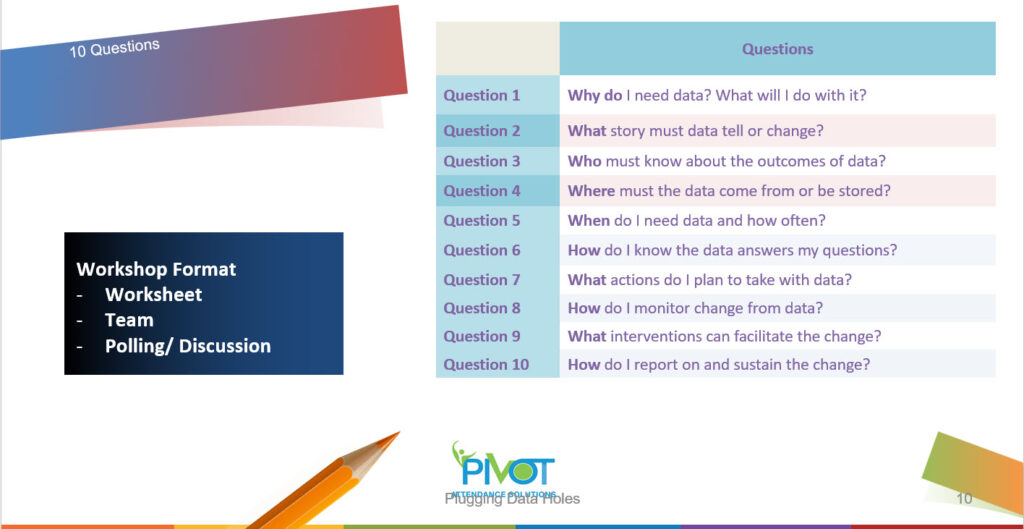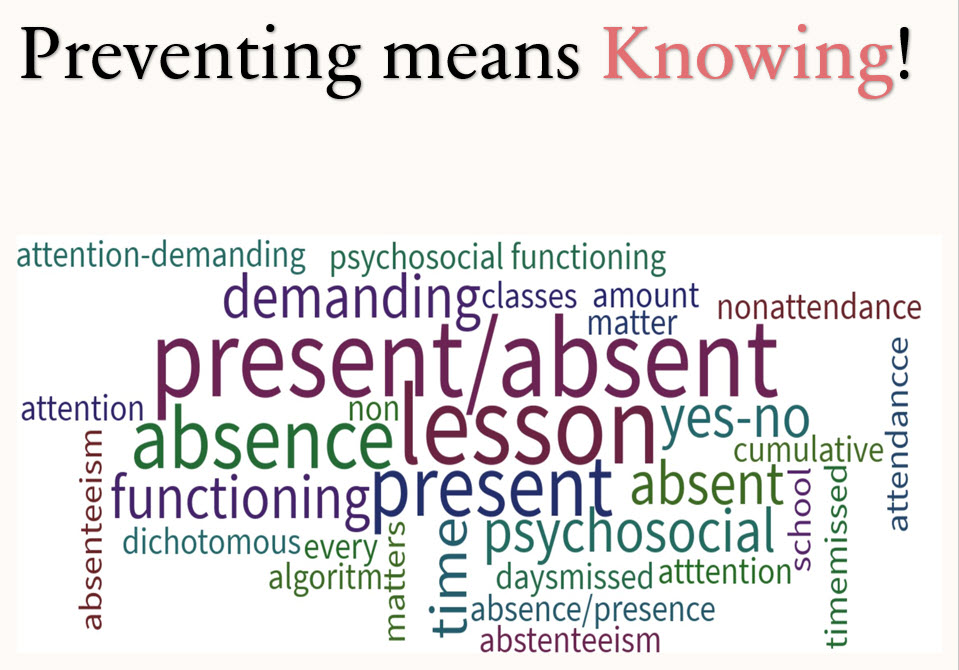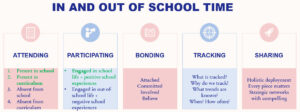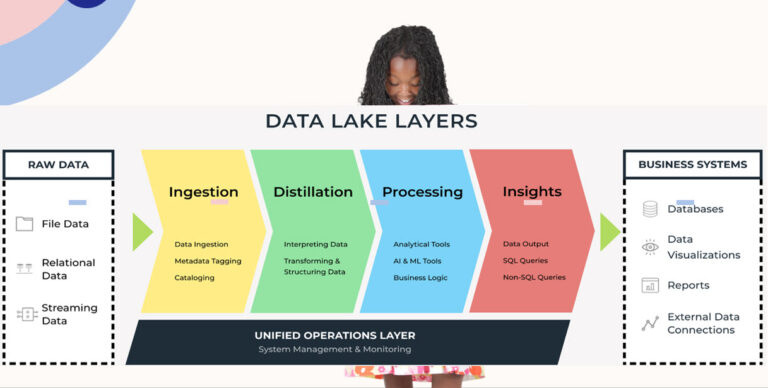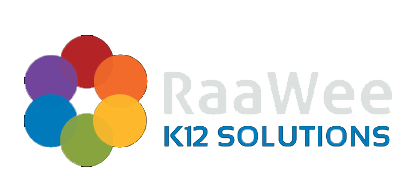FINALLY!
A Virtual Hands-On Attendance Improvement Strategy Workshop
where Your Team actually
Builds Your District
Attendance Improvement Plan
Featuring
The NEW Definitive Guide for Student Attendance Improvement
Moderated by Dr. Kim Wallace, EdD
Chronic absenteeism continues to be one of the biggest challenges faced by schools today and making progress requires more than just tracking data. It takes a well-organized team, a clear vision, and a shared strategy.
This two-part interactive workshop guided education leaders through building a stronger foundation for attendance improvement, one that centers on teamwork, goal setting, accountability, and continuous improvement. Participants learned about actionable strategies for engaging school teams, setting measurable goals, and using real-time insights to drive progress.
Learning Outcomes
This two-part workshop supports site and district teams to:
🔹Incorporate the six stages of the Attendance Works Roadmap Challenge into their daily work.
🔹Consciously and intentionally implement attendance improvement initiatives into their organization.
🔹Address and eliminate unproductive or harmful practices that may be creating barriers to strong attendance.
🔹Utilize research, scenarios, and reproducible handouts to develop organizational strategies that equitably support diverse groups of students and families struggling with truancy issues.
Workshop Day 1 Topics
Attendance Works Challenge #1: Organizing & Mobilizing Your Team
-Collective Leadership Mindsets
-High Performing Cross-Functional Teams
-Role Clarity & Responsibilities
Attendance Works Challenge #2: Agree Upon Destination
-Conducting a District Audit & SWOT Analysis
-Backward Planning Tool
-Executing SMARTIE Goals
Attendance Works Challenge #3: Prioritizing Routes
-Prioritization Rubric Components
-Proactive & Reactive Intervention Approaches
-Conducting a Data Equity Walk
Workshop Day 2 Topics
Attendance Works Challenge #4: Sharing Your Roadmap
-Targeted Outreach
-Broadcasting the Plan
-Visual Representations & Commitments
Attendance Works Challenge #5: Building Capacity & Partnerships
-Caregiver Involvement
-Community Asset Mapping & Resources
-Preparing Implementers for Success
Attendance Works Challenge #6: Implement, Monitor, & Adapt
-The Implementation Process
-Cost Impact Matrix
-Progress Check Tools and the PDSA Cycle
Born and raised in an educator household, Dr. Kim Wallace started her own career in public education 30 years ago as a high school English and history teacher before becoming a site principal and district office administrator. Her most recent K-12 role was as superintendent of one of the 20 largest school districts in California. Kim joined the UC Berkeley School of Education Leadership Programs division as the Associate Director of the 21st Century California School Leadership Academy (21CSLA) State Center in 2020.
She also runs her own consulting company Process Makes Perfect, specializing in real world solutions for practitioners in the field. Kim consults, writes, and presents internationally on systems change and emerging trends in educational leadership. An award-winning, innovative educator, Kim leverages her abilities in educational administration, program management, and relationship development to optimize institutional effectiveness and deliver remarkable results.
Dr. Wallace’s book Leading the Launch: A Ten-Stage Process for Successful School District Initiatives was published by Solution Tree Press in 2021, followed by Leading Through an Equity Lens in 2023. Her upcoming book, Gamechanging Leadership in Action: An Educator’s Companion is in production with Routledge/Taylor & Francis (Fall 2025). Kim attended the University of California Santa Barbara for her undergraduate degree in history. She then earned her Master’s in Education (M.Ed.) at the University of California Los Angeles and culminated her educational goals with a Doctorate in Education (Ed.D.) from the University of California Davis.


